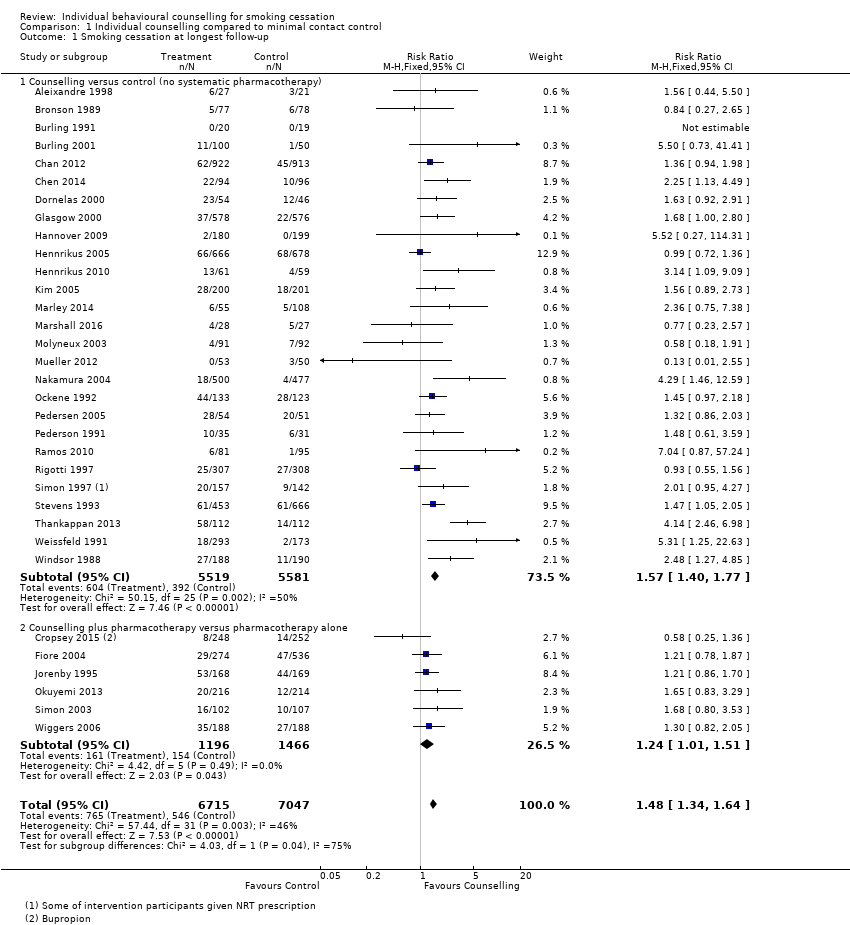Contenido relacionado
Revisiones y protocolos relacionados
Lindsay F Stead, Allison J Carroll, Tim Lancaster | 31 marzo 2017
Jonathan Livingstone‐Banks, José M. Ordóñez‐Mena, Jamie Hartmann‐Boyce | 9 enero 2019
Kate Cahill, Tim Lancaster | 26 febrero 2014
Lindsay F Stead, Priya Koilpillai, Thomas R Fanshawe, Tim Lancaster | 24 marzo 2016
Dennis Thomas, Michael J Abramson, Billie Bonevski, Johnson George | 10 febrero 2017
Kristin V Carson‐Chahhoud, Jonathan Livingstone‐Banks, Kelsey J Sharrad, Zoe Kopsaftis, Malcolm P Brinn, Rachada To‐A‐Nan, Christine M Bond | 31 octubre 2019
Joanna M Streck, Nancy A Rigotti, Jonathan Livingstone-Banks, Hilary A Tindle, Carole Clair, Marcus R Munafò, Cecely Sterling-Maisel, Jamie Hartmann-Boyce | 21 mayo 2024
Jonathan Livingstone‐Banks, Emma Norris, Jamie Hartmann‐Boyce, Robert West, Martin Jarvis, Emma Chubb, Peter Hajek | 28 octubre 2019
Dorie Apollonio, Rose Philipps, Lisa Bero | 23 noviembre 2016
Flora Tzelepis, Christine L Paul, Christopher M Williams, Conor Gilligan, Tim Regan, Justine Daly, Rebecca K Hodder, Emma Byrnes, Judith Byaruhanga, Tameka McFadyen, John Wiggers | 29 octubre 2019
Respuestas clínicas Cochrane
Jane Burch, Sera Tort | 20 diciembre 2017






